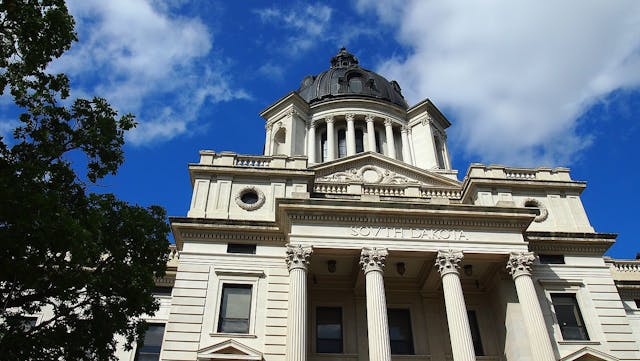Don't Forget: Next 10 Years of Redistricting Control at Stake in 2018

Author: Fair Vote
Talk of the 2018 elections remains largely focused on whether Democrats will win enough seats to regain control of the U.S. House of Representatives. But there’s a bigger battle looming on the horizon: the decennial redistricting - both state and federal - that follows the 2020 census.
As FairVote Senior Fellow David Daley told Vox in a recent article, “the next decade is essentially on the ballot. And if Democrats don’t win key elections this fall that allow them to have seats at the table in 2021, the party could face another decade in the wilderness.”If that sounds dramatic, consider the 2010 elections.Democrats gave up 63 House seats, six governorships, and nearly 700 spots in state legislatures, granting the newly in-control Republicans almost unilateral power to redraw districts in a way that benefited their party’s candidates for the next decade of election cycles.After years of ensuing GOP reign of the House and of Republican-dominated state legislatures in former swing states, Democrats are ready for their moment. Central to their four-pronged plan of attack are the 2018 elections, which will decide 29 governors with veto power in the redistricting process and more than 800 state legislators who could get the pens when it comes time for the 2021 redistricting, according to the National Conference of State Legislatures.National Democratic Redistricting Committee Executive Director Kelli Ward told Vox that Democrats do not intend to use partisan gerrymandering to their benefit if they successfully regain control of the states they are eyeing with a Democratic governor or senate majority.Meanwhile, citizen-led efforts to protect redistricting from partisan tricks are gaining traction, with a “record number” of nonpartisan commission proposals and other reforms headed to state ballots come November.But even with increasing calls for reform, those who win seats in 2018 and 2020 still hold too much power over election outcomes for the next decade. And that’s a problem no matter which party gets cast into the metaphorical wilderness after November.So how do we actually ensure that the votes cast in 2022, and 2024, and 2026 actually determine who wins those races? We believe the solution lies with the electoral system overhaul outlined in the Fair Representation Act.Creating larger, multi-winner districts determined by ranked choice voting protects proportional representation and fosters a broader spectrum of candidates and outcomes. It solves the problems posed by partisan map drawing, as well as the underlying flaws inherent to confining a group of voters and candidates to a small geographic area.Most importantly, it ensures that the people who show up in 2022 actually choose their representatives, rather than being forced to accept the decisions of those elected several cycles earlier.Read Vox’s full article here.Editor's Note: This article, written by Nancy Lavin, originally published on FairVote's blog, Voices and Choices.
Photo Credit: Jean-Pierre Thimof / shutterstock.com
Latest articles
Independent Voters Are Many Things -- A Myth Isn't One of Them
Open Primaries continued its ongoing virtual discussion series Tuesday with a conversation on independent voters, who they are, and why we have a system that actively suppresses their voices at every level of elections and government....
08 May, 2024
-
2 min read
RFK Jr Challenges Trump to Debate; Calls Out 'Fake Polls'
Independent presidential candidate Robert F Kennedy extended a challenge Tuesday to former President Donald Trump to debate him at the Libertarian National Convention at the end of May....
07 May, 2024
-
3 min read
South Dakota Open Primaries Submits 47K Signatures to Get Nonpartisan Primary Reform on the Ballot
One week after the Idahoans for Open Primaries coalition submitted roughly 30,000 more signatures than they needed to get a nonpartisan top-four primary system on the ballot, South Dakota Open Primaries met the required number of signatures in their own state to put a top-two system before voters....
07 May, 2024
-
4 min read


